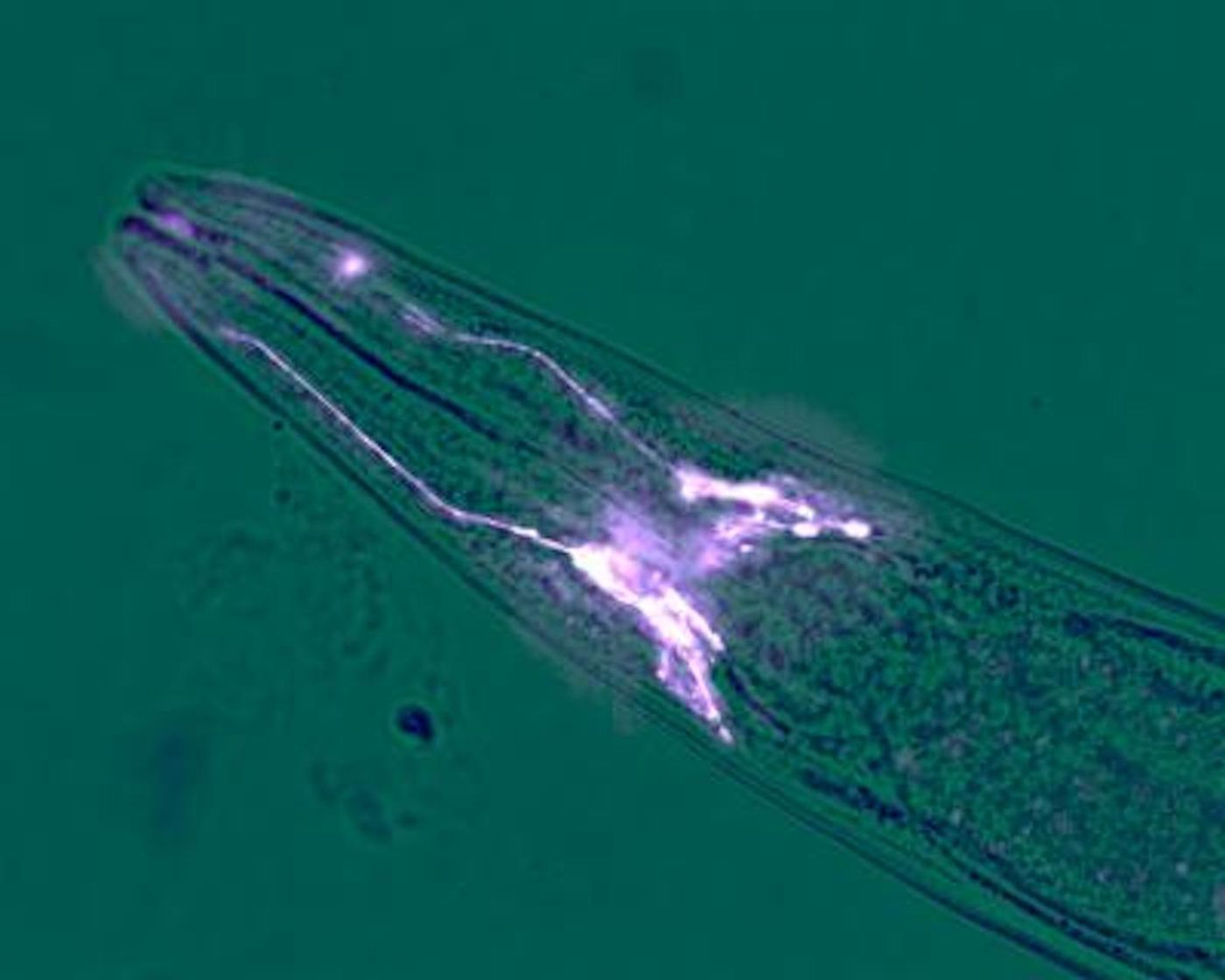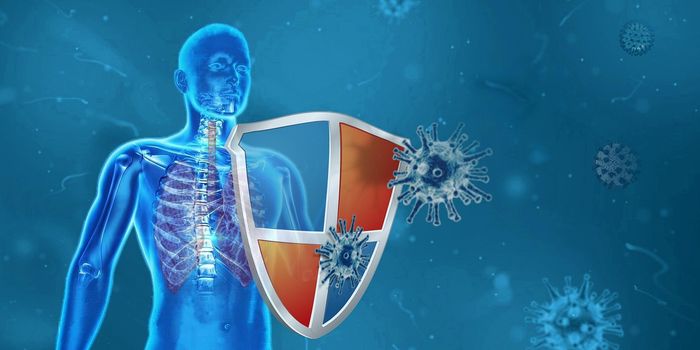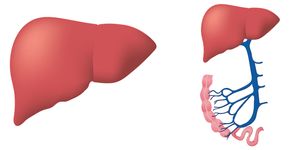How Brain Cells Can Protect Muscles
Protein buildup is not only a problem for the brain, where it's a hallmark of some neurodegenerative diseases; when the same proteins accumulate in muscles, it's also a problem, and can lead to muscle atrophy later in life. Scientists have now used a worm model to demonstrate that some brain cells may be able to help get rid of some of these protein tangles, which could lead to longer or healthier lifespans. The findings show how the stress response is regulated by four glial cells in the model organism Caenorhabditis elegans, a nematode worm, and how it dramatically impacts the length of their lives. The work was reported in Science.
This research, by University of California (UC) Berkeley scientists, builds on previous work indicating that neurons also influence peripheral cells' stress response. That mechanism is different from the one used by glial cells, but can also lengthen the life of worms about 25 percent.
The findings show that neurons send signals to peripheral cells when the brain is under stress. This quick response can disrupt tangles or increase the production of some proteins, but only lasts a short time. Glial cells can then get to work, and release a signal that maintains a response to stress over the long term. That signal, however, has not yet been identified.
"We have been discovering that if we turn on these responses in the brain, they communicate to the periphery to protect the whole organism from the age-onset decline that naturally happens. It rewires their metabolism, it also protects against protein aggregation," explained Andrew Dillin, UC Berkeley professor of molecular and cell biology and Howard Hughes Medical Institute (HHMI) investigator. "We think that glia are going to be more important than neurons."
Nematode worms seem to have very little in common with humans, but there is enough genetic similarity that these findings may hold true for people. "If you look at humans with sarcopenia or at older mice and humans, they have protein aggregates in their muscle," Dillin said. "If we can find this hormone, perhaps it can keep muscle mass higher in older people. There is a huge opportunity here."
Dillin and colleagues have shown that in worms, cells use three processes to maintain health, which help them live longer. His research focuses on the deterioration of cells in the body as it ages, and has found that the brain releases hormones and neurotransmitters that play a role in reducing this degeneration by triggering a cellular stress response.
"A lot of the work we have done has uncovered that certain parts of the brain control the aging of the rest of the animal, in organisms from worms to mice and probably humans," Dillin said.
His work has recently shown that both glia and neurons can stimulate a pathway called the unfolded protein response in a cellular organelle that plays a role in protein production, the endoplasmic reticulum (ER). The pathway is a stress response activated by misfolded proteins. The ER hosts ribosomes, which generate proteins. As many as 13 million proteins are made in the ER every minute.
Dillin's team found that increasing the expression of a protein called xbp-1s in sensory neurons raised the unfolded protein response throughout C. elegans. When xbp-1s, was overexpressed in a glial subset, an even bigger impact was seen. These glia have an additive effect with certain neurons, increasing metabolism and disrupting protein buildup.
"The fact that just a few cells control the entire organism's future is mind-boggling," Dillin said. "Glia work ten times better than neurons in promoting this response and about twice as good in extending lifespan."
Sources: AAAS/Eurekalert! via University of California - Berkeley, Science









